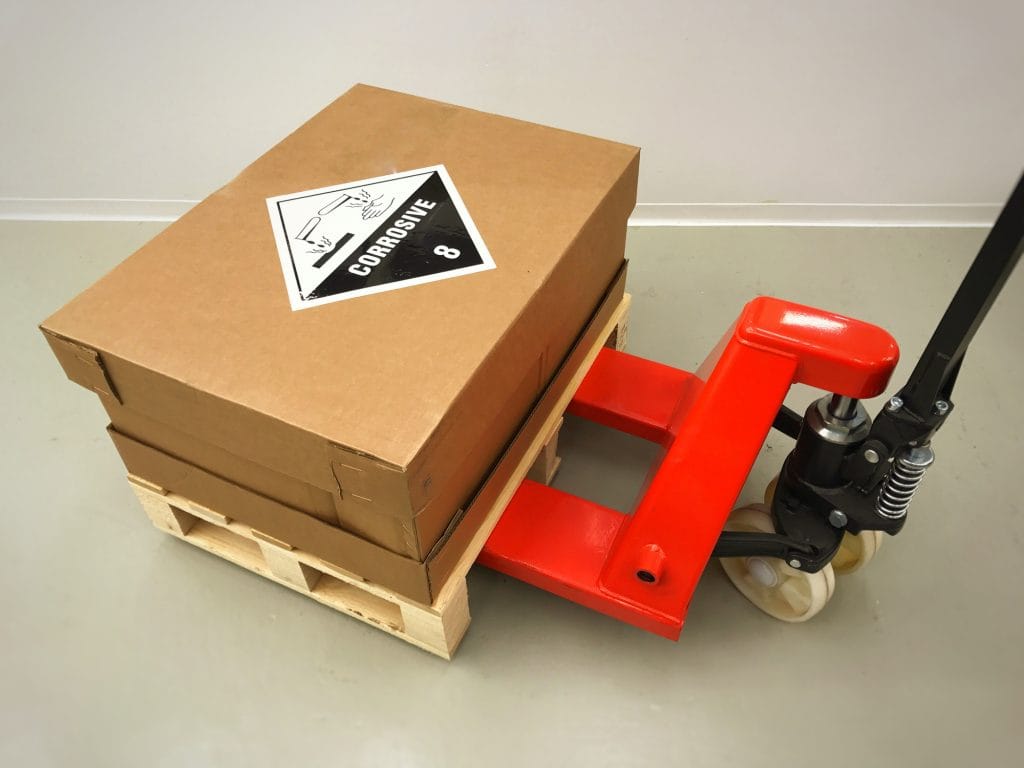Working with chemicals is a fascinating and often exciting project. However, chemicals can also be incredibly dangerous. Anybody who’s ever taken a high school chemistry class knows how easily chemical accidents can occur.
As such, every lab that works with hazardous chemicals must follow precautions and emergency procedures. One such precaution involves keeping a chemical Safety Data Sheets.
Safety Data Sheets are essentially inventory logs that OSHA requires labs to maintain. Companies must distribute these sheets to any employee who comes in contact with chemicals.
At first glance, Safety Data Sheets can be complicated. So, we’ll explore all necessary information about them in this guide below. Let’s get started right away!
Required Information for Chemical Safety Data Sheets
Originally, OSHA referred to Safety Data Sheets (SDS) as Material Safety Data Sheets (MSDS). There aren’t many differences between the older form and the current version. The primary difference is that Safety Data Sheets follow a much more standardized format.
Material Safety Data Sheets came in several format options depending on the organization that supplied them. Safety data sheets, however, include the same sections universally. These sections contain critical information about the chemical, such as:
- Chemical identification
- Identification of hazard(s)
- Composition and ingredient information
- First-aid measures
- Fire-fighting measures
- Accidental release measures
- Handling and storage procedures
- Exposure controls and personal protection
- Physical and chemical properties
- Stability and reactivity of the chemical
- Toxicological information
- Ecological information
- Disposal considerations
- Transport information
- Regulatory information
These sections contain all the necessary information for a chemical. We’ll discuss where to find these sheets in the next section.
Who Provides Safety Data Sheets?
Fortunately, you won’t have to worry about compiling Safety Data Sheets yourself. Generally, chemical manufacturers and distributors supply these sheets to their customers.
However, there are other places where you can locate an SDS for chemicals. You can often run a Google search that includes the name of the compound and the letters SDS. For example, searching Tylenol SDS could bring up the relevant information for these capsules.
You can also find several online collections of SDS and MSDS information. These services provide extensive information for laboratories, so you can use them if your chemical provider neglects to include an SDS.
Who Receives Safety Data Sheets?
Most chemical suppliers provide your company with Safety Data Sheets. However, once they arrive, you become responsible for ensuring the right people can access these documents.
Several people in your company may need access to a chemical’s SDS. Workers who use, handle, or store any hazardous chemicals are the top priority for this.
Secondly, emergency services workers and providers need copies of your SDS. This way, they know how to handle the problem efficiently.
Lastly, anyone with a high likelihood of exposure to the chemical requires the SDS. This document can show them how to handle exposure to the chemical.
Find Your SDS Today
Chemical Safety Data Sheets provide essential information to your workers. If you’re missing an SDS for one of your chemicals, find it online today!
We hope you enjoyed this article! If so, check out our other content today.







